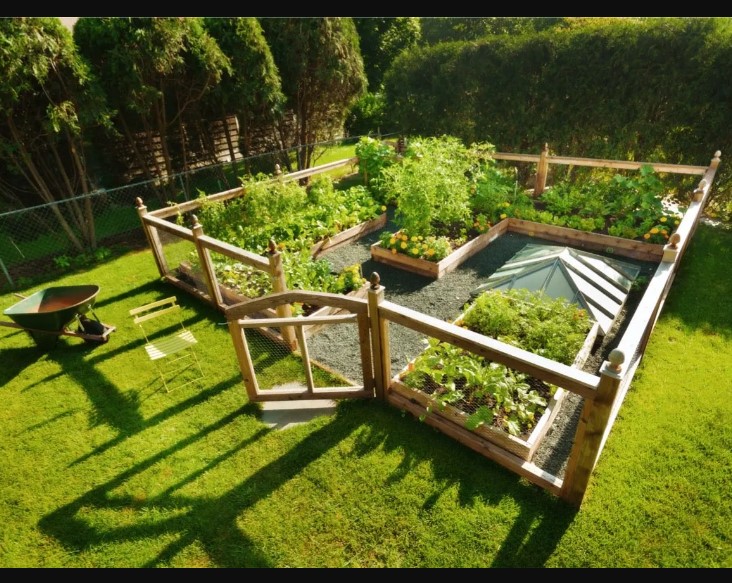Creating a beautiful garden involves more than just selecting the right plants and flowers; it also requires thoughtful consideration of boundaries and structures. A well-designed fence adds aesthetic appeal to your outdoor space and serves practical purposes like security and privacy. In this article, we’ll delve into DIY garden fence options, exploring materials, designs, and installation techniques to help you enhance your garden oasis.
The Importance of a Garden Fence
A garden fence is a defining feature of your outdoor space, providing structure and delineation. It creates a boundary between your garden and the surrounding environment, helping to protect your plants from wildlife and pests. Additionally, a well-built fence adds visual interest and complements the overall design of your garden.
Choosing the Right Materials
Appropriate materials are paramount when embarking on a DIY garden fence project: wood, vinyl, metal, and composite offer unique benefits and considerations. Wood fences exude natural charm and can be easily customized to suit your preferences, while vinyl fences are low-maintenance and resistant to rot and decay. Metal fences, such as wrought iron or aluminium, provide durability and security, while composite fences offer the look of wood with the durability of plastic.
Design Considerations
The design of your garden fence should harmonize with the style of your home and landscape. Traditional picket fences evoke a quaint, cottage-like feel, perfect for charming gardens or suburban landscapes. Consider sleek horizontal slat fences or minimalist metal designs for a more contemporary look. Lattice fences offer a delicate yet functional option, allowing climbing plants to intertwine and flourish.
DIY Installation Tips
Installing a garden fence can be a rewarding DIY project, but proper planning and execution are essential for success. Begin by surveying your property and determining the boundaries of your garden. Clear any obstacles and prepare the ground for fence installation, ensuring a level and stable foundation. When erecting the fence, use quality materials and follow manufacturer guidelines to ensure structural integrity and longevity. Take care to measure and cut materials accurately, and enlist the help of friends or family for larger projects.
Enhancing Your Fence with Personal Touches
Once the basic structure of your garden fence is in place, consider adding personal touches to enhance its visual appeal. Paint or stain wooden fences in colours that complement your garden palette, or adorn them with decorative elements like arbours, trellises, or hanging planters. Incorporate lighting along the fence line to illuminate your garden at night, creating a magical ambience for evening gatherings.
Conclusion:
A DIY garden fence is more than just a practical barrier; it reflects your style and is a key element in creating an inviting outdoor retreat. By carefully considering materials, design options, and installation techniques, you can build a fence that not only enhances the beauty of your garden but also provides years of enjoyment and functionality. So roll up your sleeves, gather your tools, and embark on the journey to transform your garden into a haven of tranquillity and beauty.

